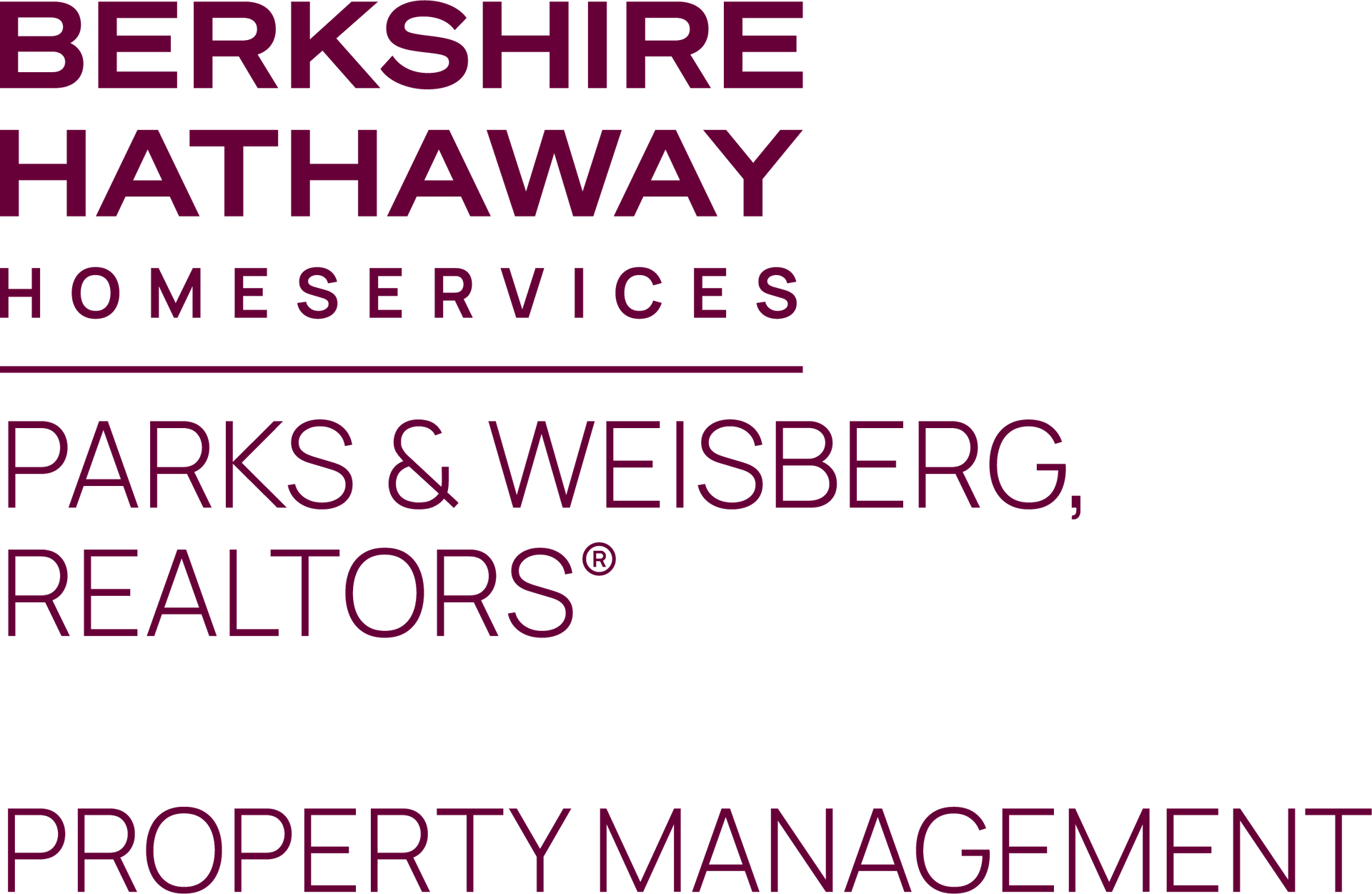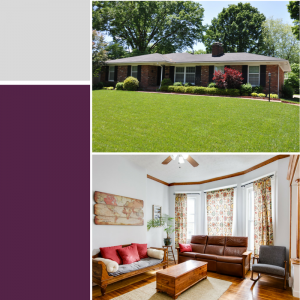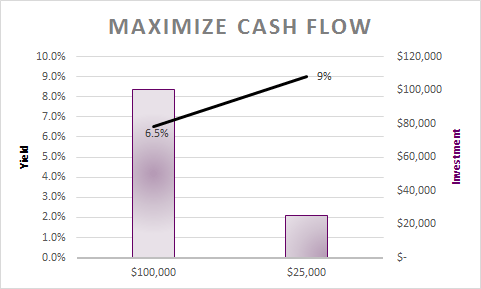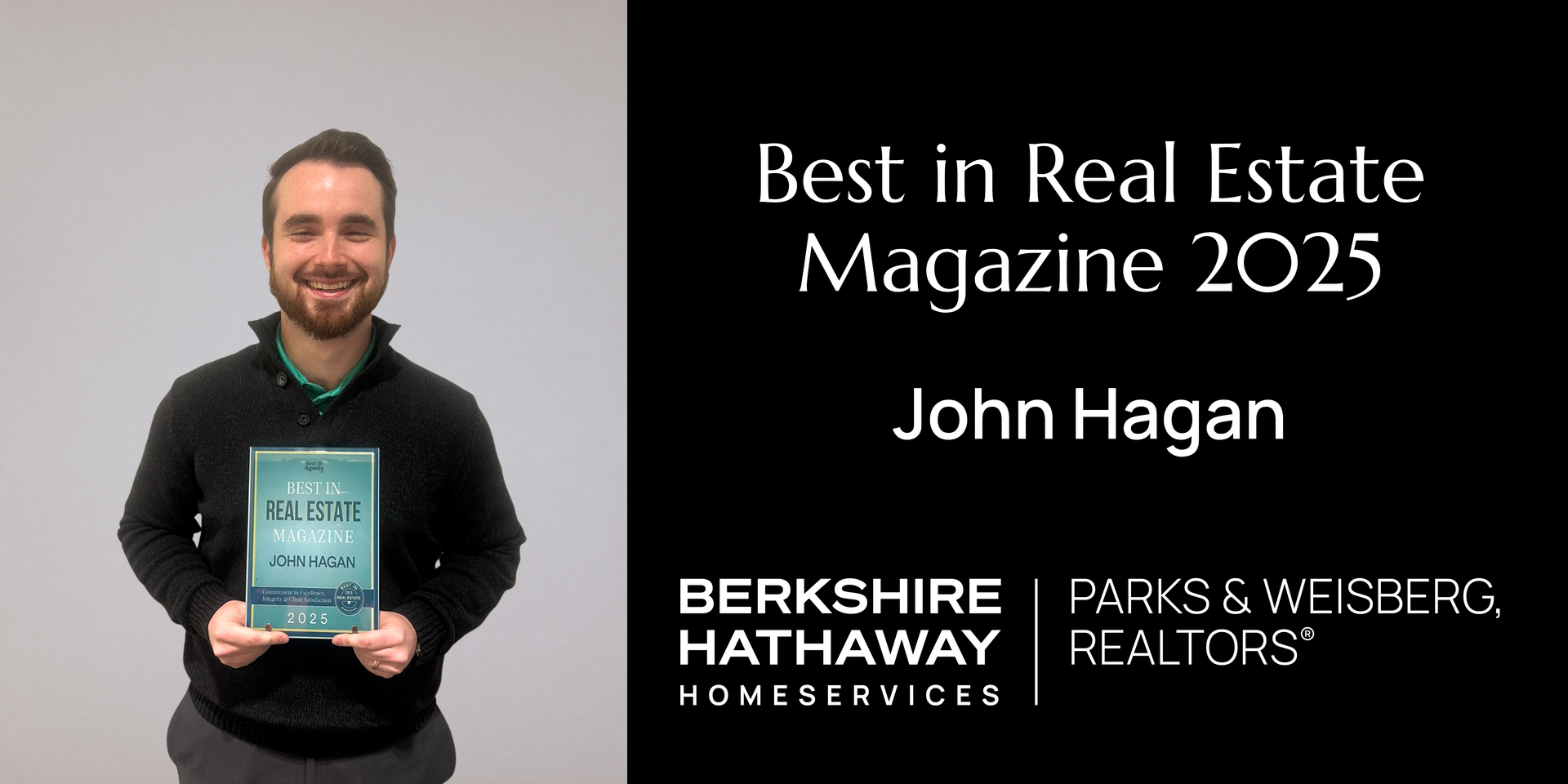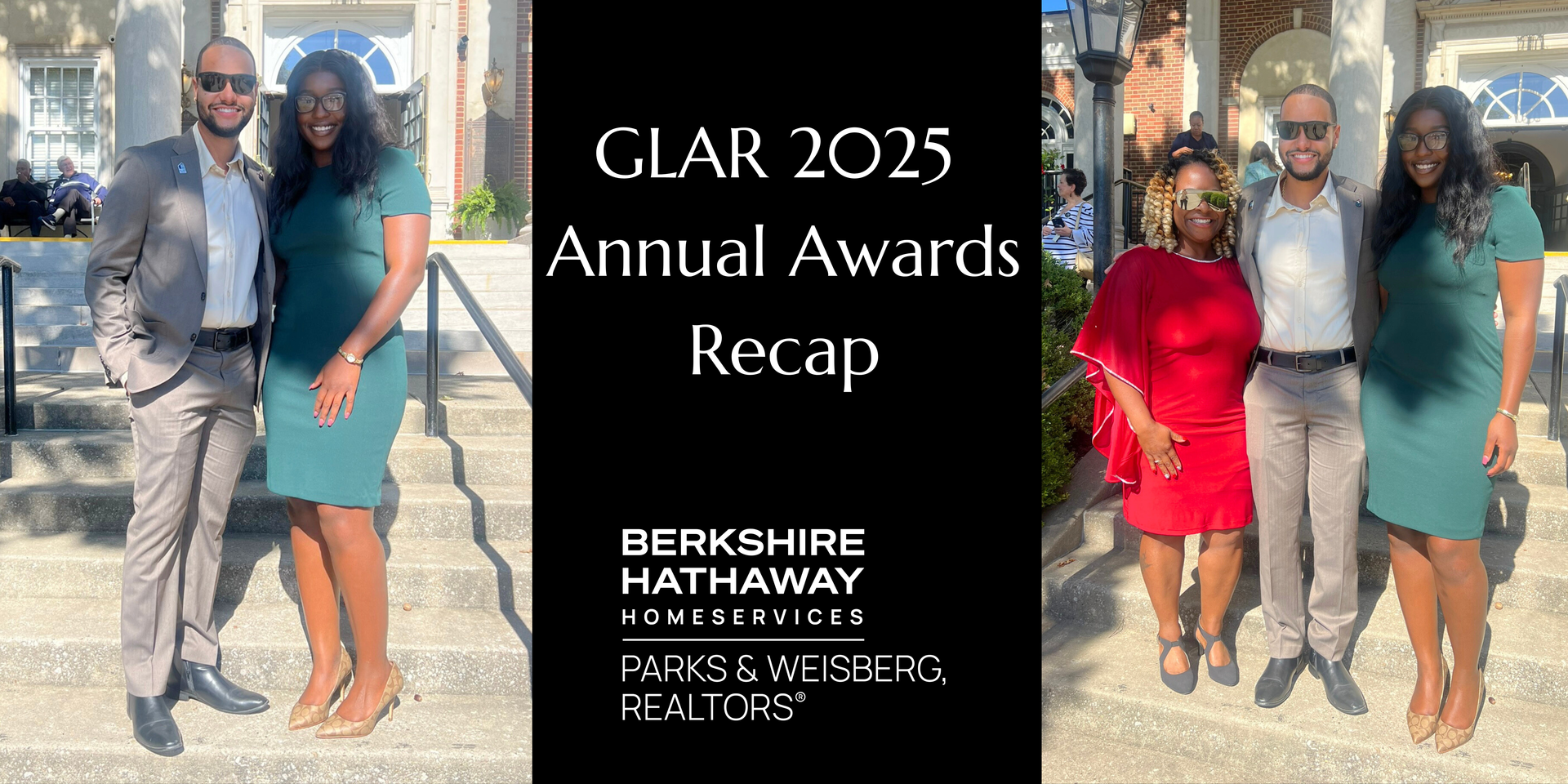Thinking of Investing in Real Estate? What You Need to Consider
November 20, 2017
The number one objective I see from investors interested in single-family and multifamily rental property is maximizing their cash flow. No one, including me, would dispute the importance of cash flow in investing. However, you also need to consider hiring a property management company to increase your return on investment. Here’s why.
What A Property Management Company Should Do
First and foremost, a property management company should protect the underlying asset, the property. The property is a bundle of value. Much like wanting a rate of return on a stock, or money in the bank, the last thing an owner wants is for the value of their asset to decline because it’s not taken care of properly.
This goal is somewhat at odds with maximizing cash flow. For that reason, we always start with the thought process of preserving the value of the property first.
It should always be kept in mind that in property management the quality of the property will be reflective of the quality of the tenant. If a property is run down, the yard looks bad, and the roof needs repair, it is likely the tenant attracted to the property will be the tenant who can’t rent a property in really good shape.
A great property manager is trying to balance these two competing objectives: preserving the value of the property and good cash flow. Routine inspections, good tenants who pay their rent on time and reliable vendors who promptly report issues they identify, can have considerable positive impact on property preservation.
Maximizing Your Return on Investment
In Louisville, Kentucky, without the advantage of leverage, well maintained properties will achieve a reasonably strong cash flow and preserve the underlying asset value in the range of an annual rate of return, after fees, of 5.5 to 7%.
To increase that yield on invested capital you have two options. The first option is that you can scrounge around and buy properties substantially below their underlying value and improve them slightly. The yield will increase because you own an asset worth much more than what you invested. The true yield on the value of the asset is still within 5 1/2 to 7% range, but because you bought it below value, your yield increases.
The second option to increase yield is to use leverage. Leverage is where you borrow some of the money from the bank. For example, we have $100,000 property and generates $10,000 a year of rent. If this property has a 35% expense ratio, the yield on the $100,000 property is only 6.5%.
However, if you take that same $100,000 house and you put $25,000 down on and you have the same $10,000 of rent and the same 35% expense ratio, you have $6500 dollars of cash flow before you pay the mortgage payment. Assuming a 30 year mortgage with a 5% interest rate, the principal and interest payments are approximately $4,800 per year. The resulting cash flow $1700 on investment of $25,000 generates better yield, now add in that a good portion of that payment being made each month is principal, in other words it’s building wealth, and the yield is getting in the neighborhood of 9%.
This strategy does have some risk, and should never be undertaken without the advice of a good investment counselor and Realtor, but as you can see this can be a way to build wealth and increase yield.
For more information on ways to manage property and build wealth through investment real estate, please reach out to our Property Management Division.
